I have fond memories of the outhouse at the family cottage. Years ago. When I was a youngster. Dad had built it far enough from the cottage that it didn’t project its noxious odors into the place where we ate and slept. Mom planted tall, bushy flowers around the outhouse in an attempt to beautify an otherwise unsightly building.
Dad called them the outhouse flowers. I always thought it was Dad’s usual attempt to be funny, since he would answer my “What is that flower?” question with a twinkle in his eye, a sign of his mischievous sense of humor. I later learned that everyone called them the outhouse flowers, not just Dad.
https://www.instagram.com/p/BmqdrNNjFvH/?tagged=outhouseflowers
I don’t have an outhouse on my piece of country property. Too many bylaws to prevent my constructing one, since my piece of country paradise is part of a larger municipality. However, there’s nothing stopping me from having outhouse flowers.
In fact, since they grow so well almost everywhere, I don’t think even the city could stop these flowers from popping up here and there. Not without spraying, and municipalities have done enough damage to our natural habitat by spraying seemingly at random.
I have a lot of bunches of these outhouse flowers around my country property. Tall stalks with luscious green leaves, the plant bursts with a prolific supply of double-chrome yellow flowers for most of the summer.
An Heirloom Plant
Outhouse flowers are an heirloom plant, one of the many coneflower perennial selections scattered throughout urban and rural gardens, as well as growing in the wild. Its mum-shaped flowers are a favorite for surrounding outhouses and filling large garden spaces. It dominates wild meadows and fields with its tall stems that burst above anything growing around it.
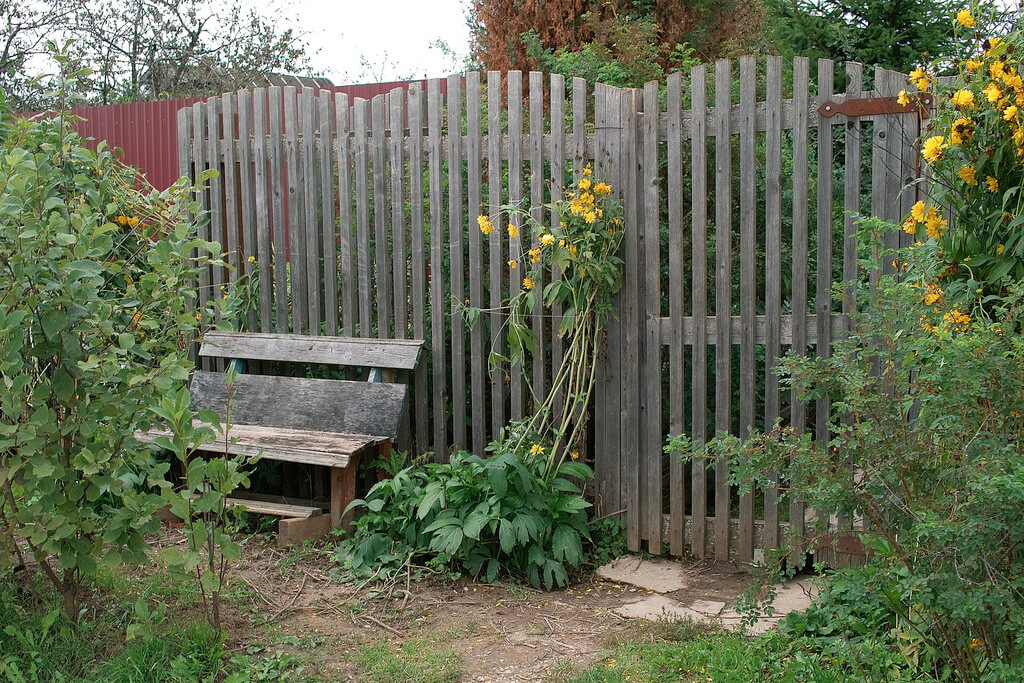
Rudbeckia laciniata hortensia. I always identify rudbeckia as the dark-eyed susans that pop up everywhere. But rudbeckia is a classification for many different varieties, including the outhouse flower. Also known as goldenglow, cutleaf coneflower (or just cutleaf), green-headed coneflower, tall coneflower, sochan and thimbleweed, the rudbeckia laciniata hortensia, or simply the outhouse flower, is actually part of the aster family (asteraceae).
The plant grows in thick, very tall clumps. Sometimes as tall as 9 feet. In fact, this tall-growing outhouse flower can become so top- heavy with blooms that it topples over. Due to its tendency to grow tall, this plant doesn’t make a good garden border. However, it does do well in large, open spaces, as a background in large gardens. It always does well as a summer screen and is ideal for hiding an outhouse, as well as any other not-so-pleasant-to-look-at buildings.
Tall And Beautiful But Potentially Invasive
Native to North America, the outhouse flower starts blooming in late summer and continues to bloom until the first frost. It tends to be invasive, especially if it likes the area where it’s planted: full sun and moist soil. It spreads aggressively by underground stems.
https://www.instagram.com/p/5ncW7Lu-2o/?tagged=outhouseflowers
One patch in my garden has grown, in just five years, from a foot in diameter clump to at least 3 feet in diameter, almost taking up the entire garden space in which it grows.
This year I’ll dig up some of the new growth and transplant it elsewhere, to start a new crop of outhouse flowers and to keep the ever-growing expansion of the 5-year-old plant from taking over any more than it already has.
Attracts Butterflies Not Deer
The outhouse flower is deer and rabbit-resistant. In other words, deer and rabbits won’t consume the plant as they will other plants. A good thing to know for a country garden that attracts all kinds of wildlife. What the plant does attract is butterflies. It’s not unusual to see an amazing array of multi-colored varieties of butterflies clustered around the outhouse flowers. A sight to behold!
https://www.instagram.com/p/Bm6nBC3FT1A/?tagged=outhouseflowers
Due to its invasive nature and its ability to grow well just about anywhere, the outhouse flower might be considered a wildflower. After all, it does grow freely in the wild. It is, however, a cultivated flower, one used in gardens and cut for flower arrangements. Horticulturalists have developed numerous cultivars of rudbeckia laciniate hortensia, some gaining special attention by such auspicious gardening organizations as the Royal Horticultural Society (London).
Health Benefits
Other than hiding the outhouse and attracting butterflies, the outhouse flower does have some good, and some not-so-good, medicinal qualities. A tea can be made from the roots of this plant when mixed with Caulophyllum thalictroides. This tea makes a good treatment for indigestion.
The flowers can be made into a poultice for burns when mixed with Agastache anisatum and solidago. The stems, if harvested when young (in the spring), can be cooked and eaten, or the young stems can be eaten like celery. The young stems can also be dried for later use.
Related Post: Weigela: A Flowering Shrub To Rival Your Rhododendrons
However, a cautionary note on using any part of the outhouse plant for medicinal or culinary purposes. It is toxic. It’s known to be poisonous to cattle, sheep, and pigs. If poisonous to any living creature, one would assume that it could also be poisonous for human consumption.
Hollyhocks have also been dubbed as outhouse flowers. Their ability to grow tall and hide the necessary outbuilding with lots of colorful flowers make it an ideal plant. But rudbeckia laciniate hortensia steals the name. With its large, bushy crops of tall-stemmed, mum-like flowers and its ability to flower most of the summer (hollyhocks only flower briefly at the beginning of the summer), rudbeckia laciniate hortensia well deserves the name and the honor of being the outhouse flower.



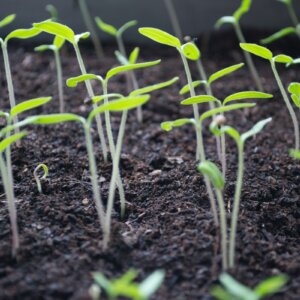



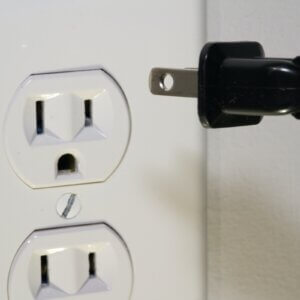

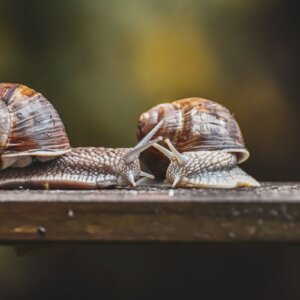

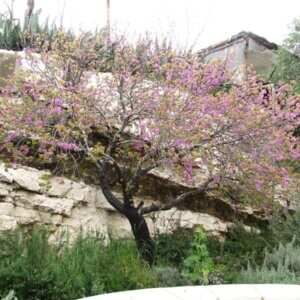

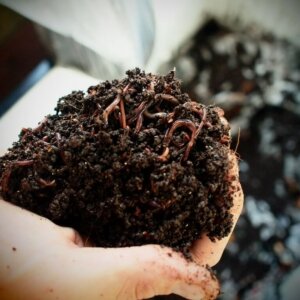



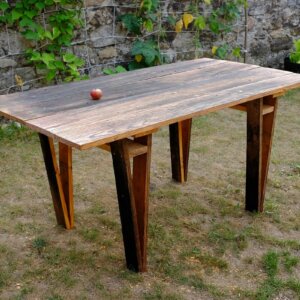


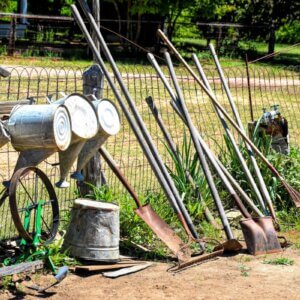


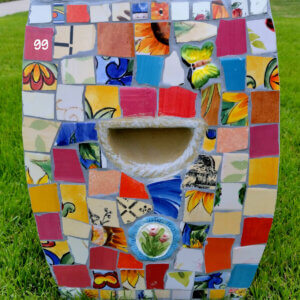
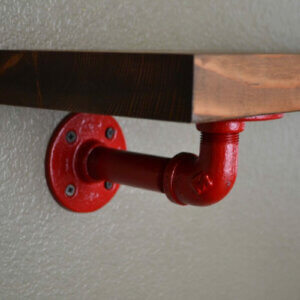
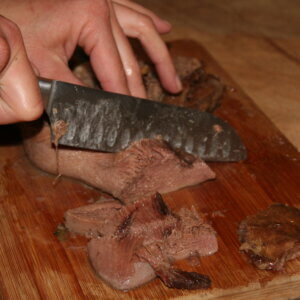

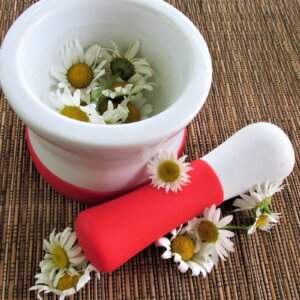


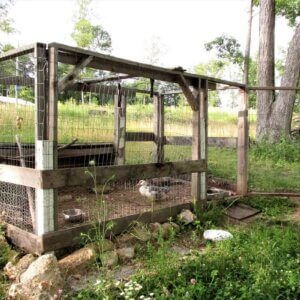

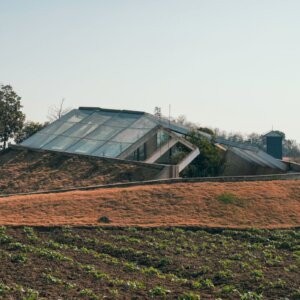
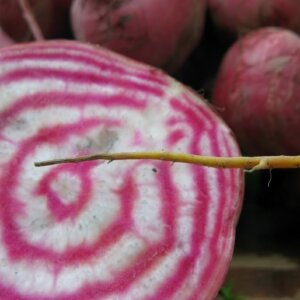

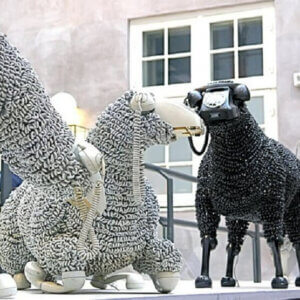




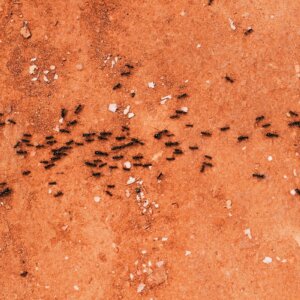
I have been trying to find starts or seed of the outhouse flower for my garden. There were in our garden when I was a child and I would love to see them in my own garden. Any ideas where I can find them?
Have you found any as of yet? I searched for a long time before I finally found them once again. Perhaps I can help you.
Lost mine couple years ago. They were from my grandma and would love to find a start or seeds again.